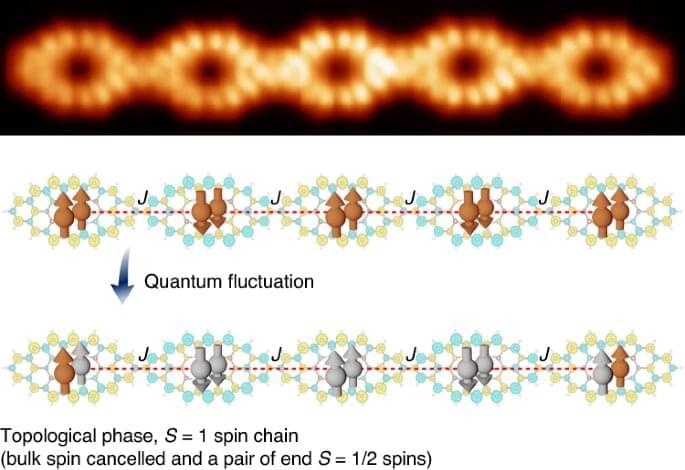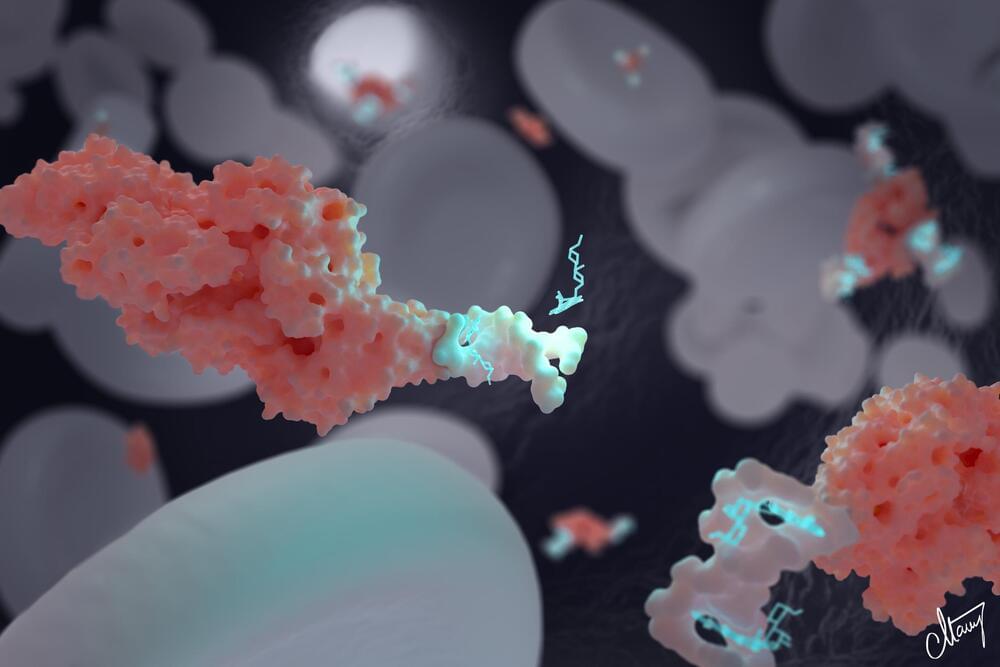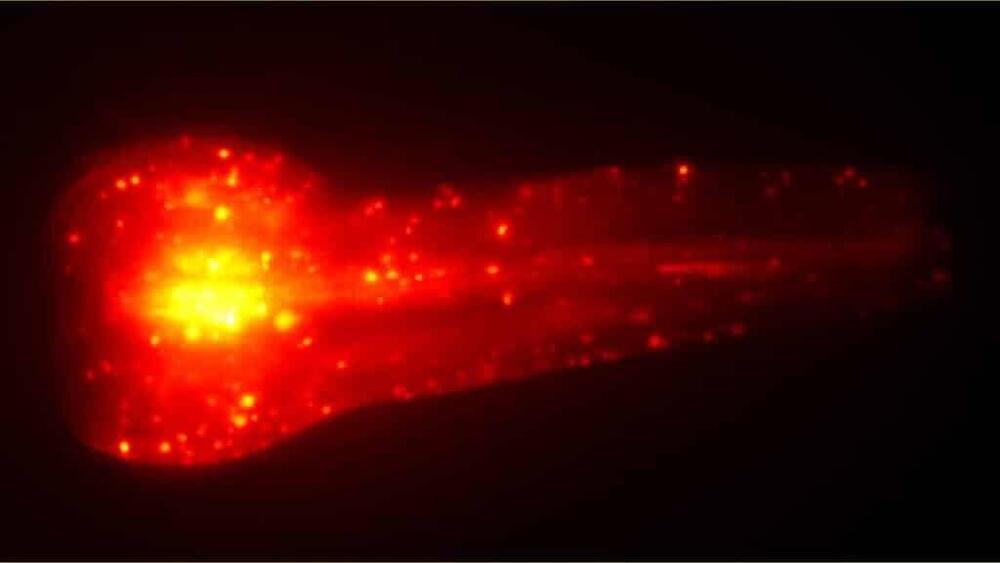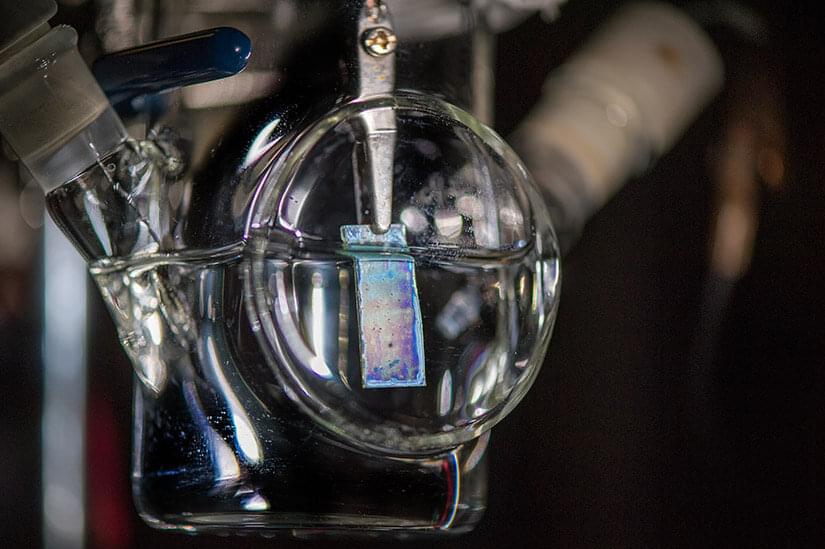Sometimes astrophysics gets super weird.
A recent study of the star’s surface, published in the journal Nature Astronomy, says that we’re seeing Gamma Columbae in a short, deeply weird phase of a very eventful stellar life, one that lets astronomers look directly into the star’s exposed heart.
What’s New – The mix of chemical elements on the surface of Gamma Columbae look like the byproducts of nuclear reactions that should be buried in the depths of a massive star, not bubbling on its surface.









